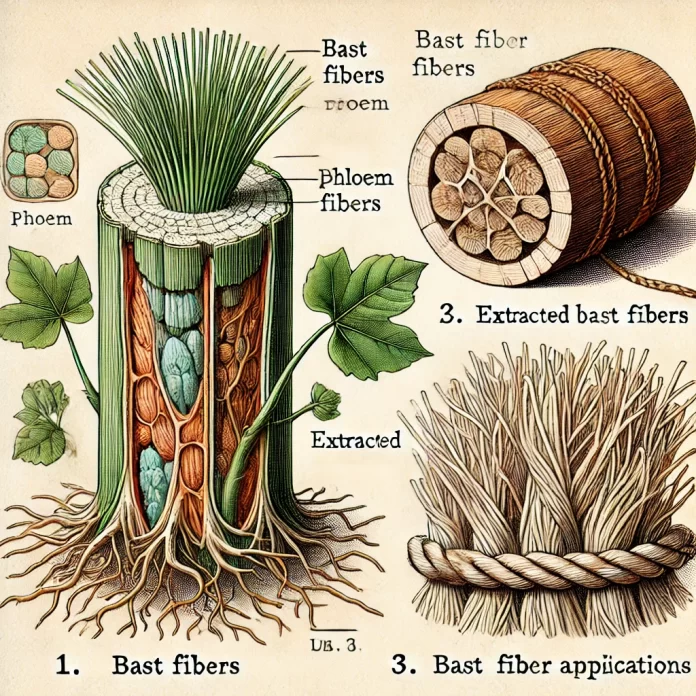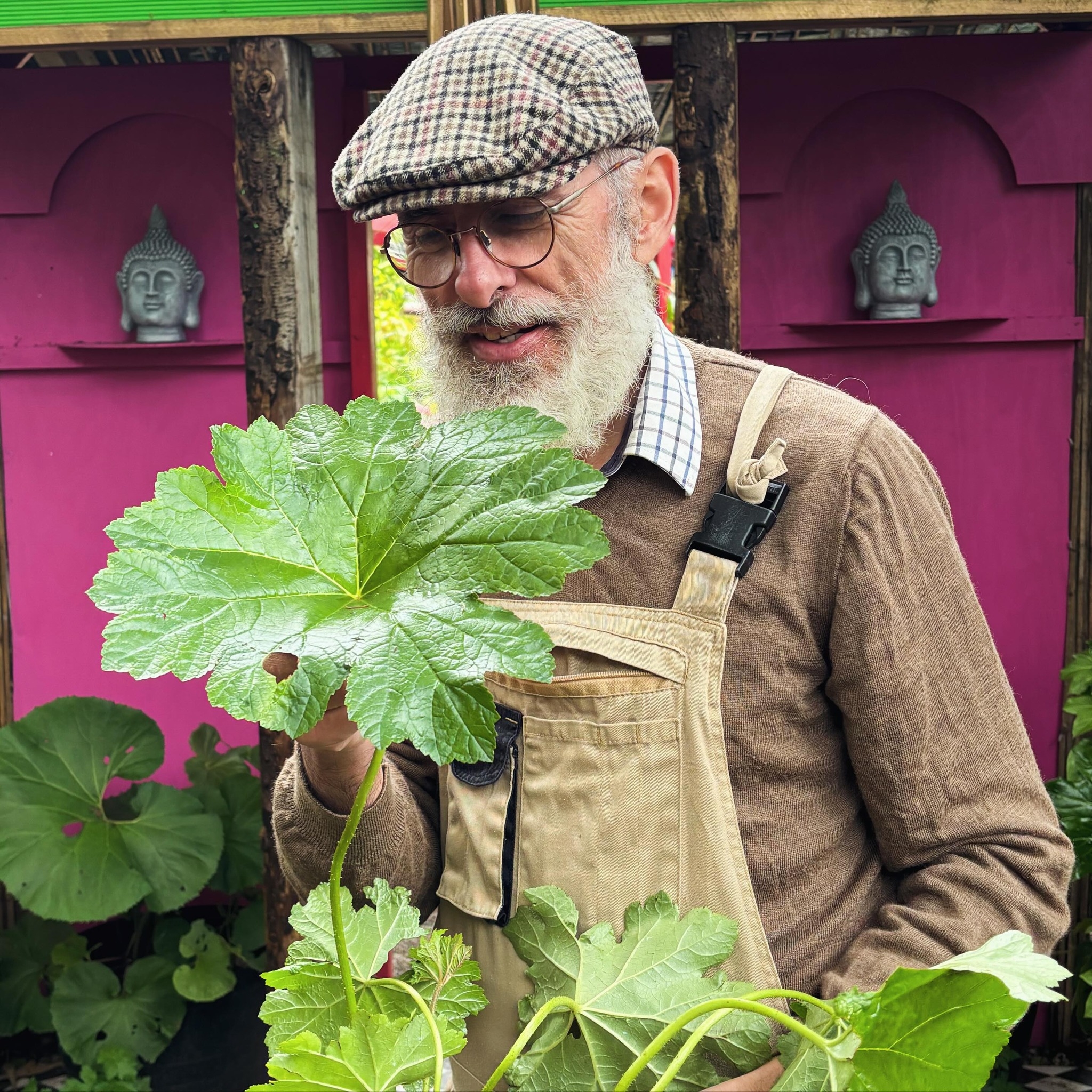Bast – A Botanical and Structural Entry
Definition and Function
Bast, also known as phloem fibres, is the vascular tissue in plants responsible for the transport of nutrients, primarily sugars (photosynthates), from the leaves to other parts of the plant. These fibres are also a major component in several important natural fibres used for textiles, ropes, and paper.
Structure and Composition
Bast fibres are found in the inner bark (phloem) of dicotyledonous plants, forming long, tough, and flexible strands. They are composed primarily of:
- Cellulose – Providing tensile strength.
- Lignin – Adding rigidity and support.
- Hemicellulose and pectin – Aiding in flexibility and cohesion.
Common Plants Producing Bast Fibres
- Linen (Flax) – Linum usitatissimum
- Hemp – Cannabis sativa
- Jute – Corchorus spp.
- Ramie – Boehmeria nivea
- Kenaf – Hibiscus cannabinus
Agricultural and Industrial Uses
Bast fibres have been used for thousands of years in making:
- Textiles (linen, hemp fabric, jute sacks)
- Ropes and cordage
- Paper and matting
- Composite materials and biodegradable plastics




